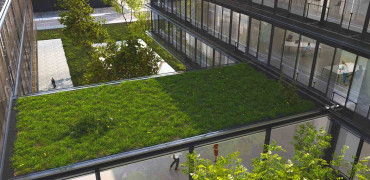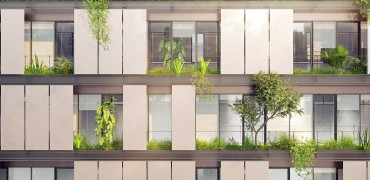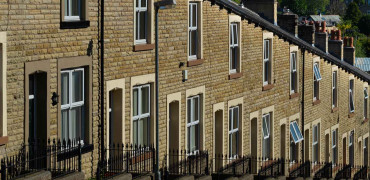If you’ve never heard the mnemonic phrase in the headline above it’s an acronym designed to help people remember the order of the seven colours of the rainbow: Red, Orange, Yellow, Green, Blue, Indigo, and Violet.
There may not be quite as many colours in the planning rainbow but there are enough to cause confusion, so I thought it worth a brief explanation, especially as in her first speech as our new Chancellor of the Exchequer, Rachel Reeves said: “Nowhere is decisive reform needed more urgently than in the case of our planning system”.
With a new government comes a new set of pledges. So, will the Labour Party’s manifesto for new homes and planning come to fruition?
The construction industry faces both challenges and opportunities. It plays an important role with the potential to improve social, economic and environmental outcomes but to facilitate these pledges will the new government reform the planning system?
The effect is to increase the amount of residencies in an area, without major disturbance.
Shovel ready
Labour has said “poor quality and ugly areas” of the green belt should be open for building.
According to the National Planning Policy Framework, the green belt serves five purposes:
- to check the unrestricted sprawl of large built-up areas;
- to prevent neighbouring towns merging into one another;
- to assist in safeguarding the countryside from encroachment;
- to preserve the setting and special character of historic towns; and
- to assist in urban regeneration, by encouraging the recycling of derelict and other urban land.
When it comes to the green belt, the two most commonly used terms are greenfield and brownfield when referring to a site in a planning application.
A greenfield site is an undeveloped area, usually outside a city, usually agricultural land. Considered ‘shovel ready’ These areas are in high demand.
However greenfield projects often require a huge investment in planning, design and development, and they will need the societal infrastructure to also be considered. This can be a lengthy process, spanning years and even decades.
A brownfield is an area that has been previously developed, the land will have a few buildings already in place with little work needed to accommodate further construction.
These sites are also what are commonly referred to as the green belt … and we haven’t even touched on the politics and likely protest of ‘paving over our green and pleasant land’.
Other colours do exist
Greyfields are areas that have been developed and then abandoned. The difference between a greyfield and a brownfield is that environmental liabilities are likely not a concern.
Blackfields are areas that are underused. Similar to Brownfield but with heavily contaminated soil that makes the site unviable financially.
Bluefield is becoming a dual term with the current definition applying to waterfront sites alongside rivers, oceans, or lakes, with high flooding risks and usually subjected to extensive ecological laws.
However, there is a new term for bluefield which looks at existing sites and neighbourhoods and takes the subtle enhancements that people make to their homes as a starting point for change.
Most towns and cities have older suburbs where more housing is needed, but where change can be difficult to achieve, not least due to heritage protections and the need to preserve the character of a much-loved neighbourhood.
However, these bluefield sites can also have the space for more subtle change that can add more homes in much needed areas, without completely transforming the neighbourhood.
So, larger houses can be subdivided into smaller homes. Family homes can be extended to include things like a ‘granny-flat’. Large gardens can be used for extensions or new buildings.
The overall effect is to increase the amount of residencies in an area, without major disturbance.
Red tape everywhere
The ambiguity of this colour coded system causes lengthy and sometimes impossible stumbling blocks. The planning process falls short. The UK currently has some of the world's most regulated planning policies. Obtaining permission to build is challenging to say the least.
In the King’s speech, Labour introduced the Planning and Infrastructure Bill, it is aimed at accelerating the construction of 1.5 million well needed homes.
- The bill aims to simplify the consent process, reducing bureaucratic hurdles that lead to delays.
- The bill aims to modernise planning committees, making the application process more efficient.
- The bill aims to ensure that compensation to landowners is fair but not excessive.
- The bill aims to unlock development sites.
- The bill aims to balance environmental conservation with the need for construction.
The government with all its aims states that it is committed to preserving the green belt, so does that mean it will develop further the grey belt?
A more strategic approach to land release is essential but in actual fact a larger proportion of green belt land is currently developed than grey.
So, if green and grey is not the answer then surely it will be brown!
Kirsty Hammond is Publisher of Specifier Review




